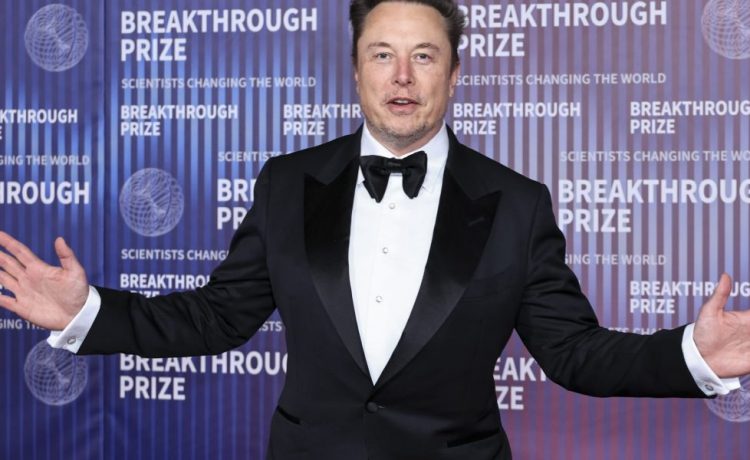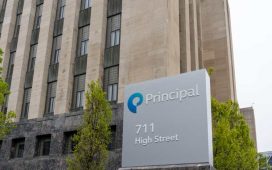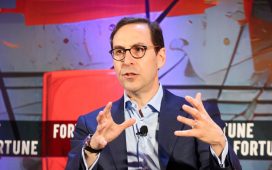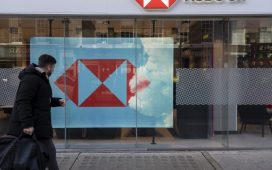
Elon Musk is on the warpath. Now the electric vehicle industry is no longer growing exponentially, he’s pivoting towards robotics having sacked more than a tenth of his workforce, shelved plans to build a low-cost car and fired his head of fast charging.
While adjustments in headcount are inevitable, Musk’s decision to also sack Rebecca Tinucci’s entire Supercharger team—while at the same time ploughing $10 billion this year alone into an AI strategy—sparked confusion and disbelief in the ranks of a Tesla community that once believed the company would grow EV sales tenfold from current levels by 2030.
“What this means for the charging network, [Tesla’s proprietary charging standard] NACS, and all the exciting work we were doing across the industry, I don’t know yet know,” wrote Will Jameson, formerly Tesla’s lead of strategic charging programs, who confirmed a report by The Information. “If Tesla is yielding the charging crown, who will step up?”
But also what a unique opportunity for the industry to capitalize on the newly available talent and expertise in the space. If Tesla is yielding the charging crown, who will step up?
— willjameson (@willjameson) April 30, 2024
Musk’s Supercharger network was long considered an unbeatable asset that would insulate Tesla from competitive pressures. Particularly in EV laggard North America, no other brand had access to such an extensive and, importantly, reliable network of fast chargers.
The process was also seamless: all Tesla owners had to do was plug in and everything else was taken care of at the back end—a premium no-hassle experience which set a benchmark for the market.
Musk’s decision to scrap the team deepened the rift between proponents of Tesla’s stated mission to accelerate the advent of sustainable transport and Musk acolytes, who choose not to question a CEO that built the world’s most valuable carmaker from scratch—against all odds.
The latter argue Tesla can afford to take its foot off the accelerator now that the rest of the U.S. industry adopted his plug and charging standard to grant their customers access to his network.
Plenty of heavy lifting still to be done
Responding to concerns from critics, Musk signaled he merely believes it’s time to adopt a different approach.
“Tesla still plans to grow the Supercharger network, just at a slower pace for new locations and more focus on 100% uptime and expansion of existing locations,” he wrote on the social media platform he owns, X.
Tesla still plans to grow the Supercharger network, just at a slower pace for new locations and more focus on 100% uptime and expansion of existing locations
— Elon Musk (@elonmusk) April 30, 2024
Challenges remain however as the other half of the EV car market in the U.S. that Musk doesn’t control are reliant on Tesla’s existing third generation chargers and rollout of its new, 4th gen service.
Competitor models are not compatible with the Supercharger v1 and v2 that comprise 12,000 stations around the country, meaning waits at the stations for those who need the newer ports.
Christoph Stürmer, an electric mobility expert with Berlin-based Charging Interface Initiative (CharIN) pushed back against the notion that the hard part for Tesla was over, especially as more carmakers will now be directing their U.S. customers to its Superchargers.
“The heavy lifting hasn’t been done, since EVs are less than 2% of the existing fleet in the U.S. That leaves 98% still yet to be electrified and the investment needed will be enormous,” he told Fortune.
“Tesla’s charging business needs to service twice as many customers while complexity will effectively quadruple as it seeks to accommodate a range of different brands. So its team needs more resources—not less.”
Tesla did not respond to a Fortune request for comment.







